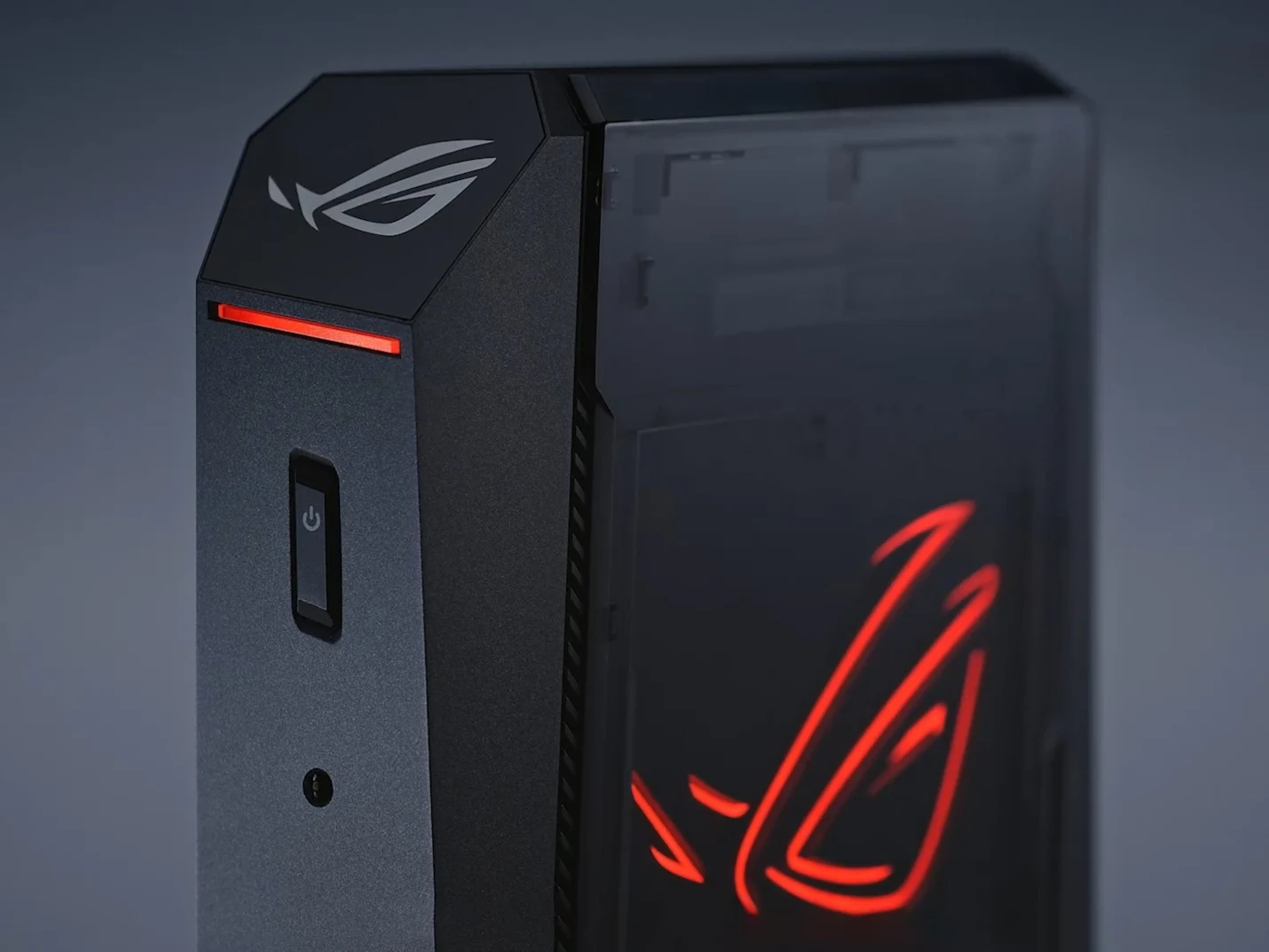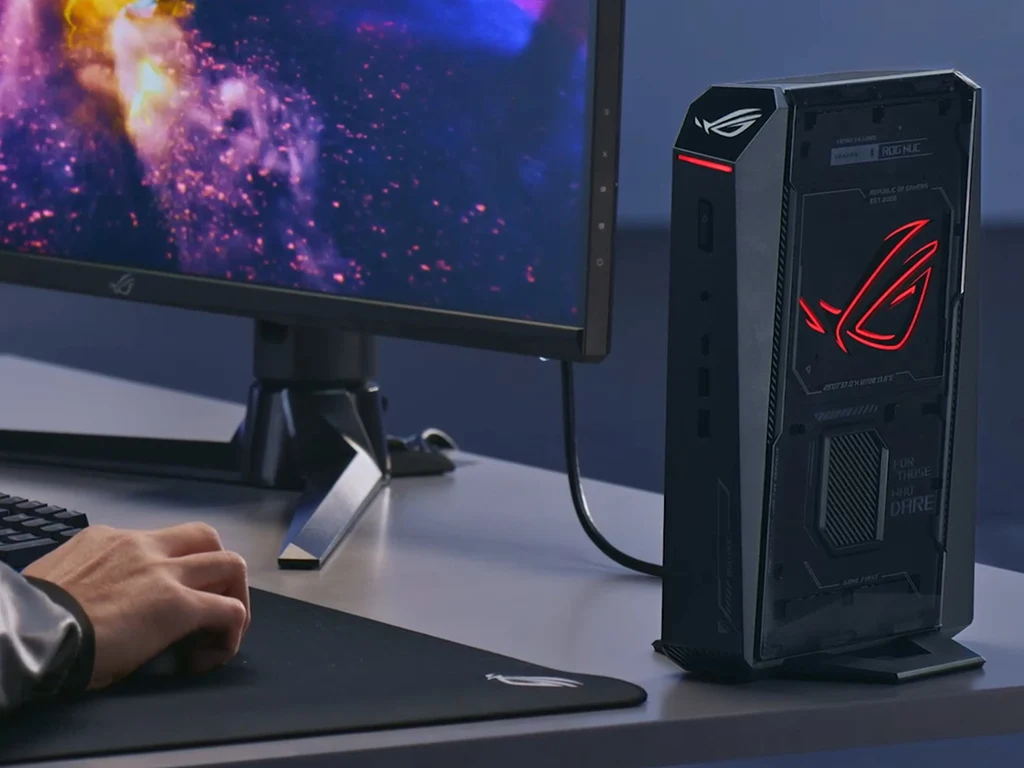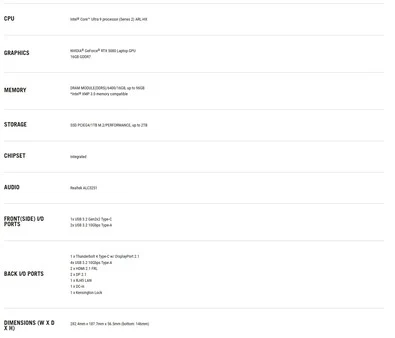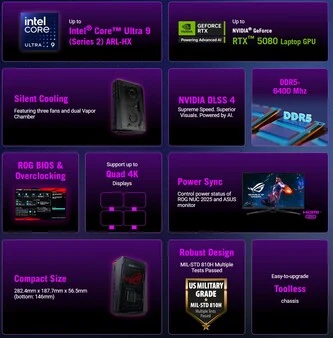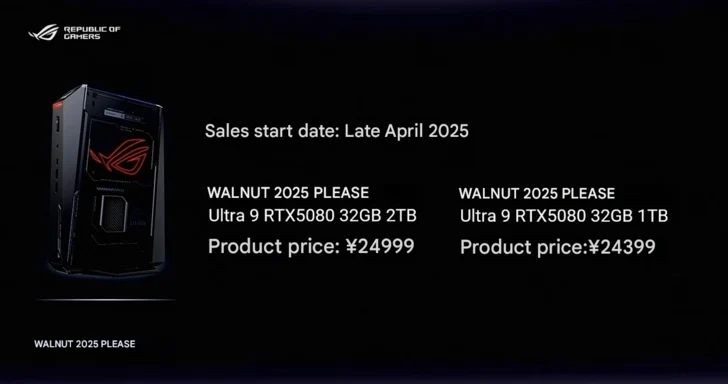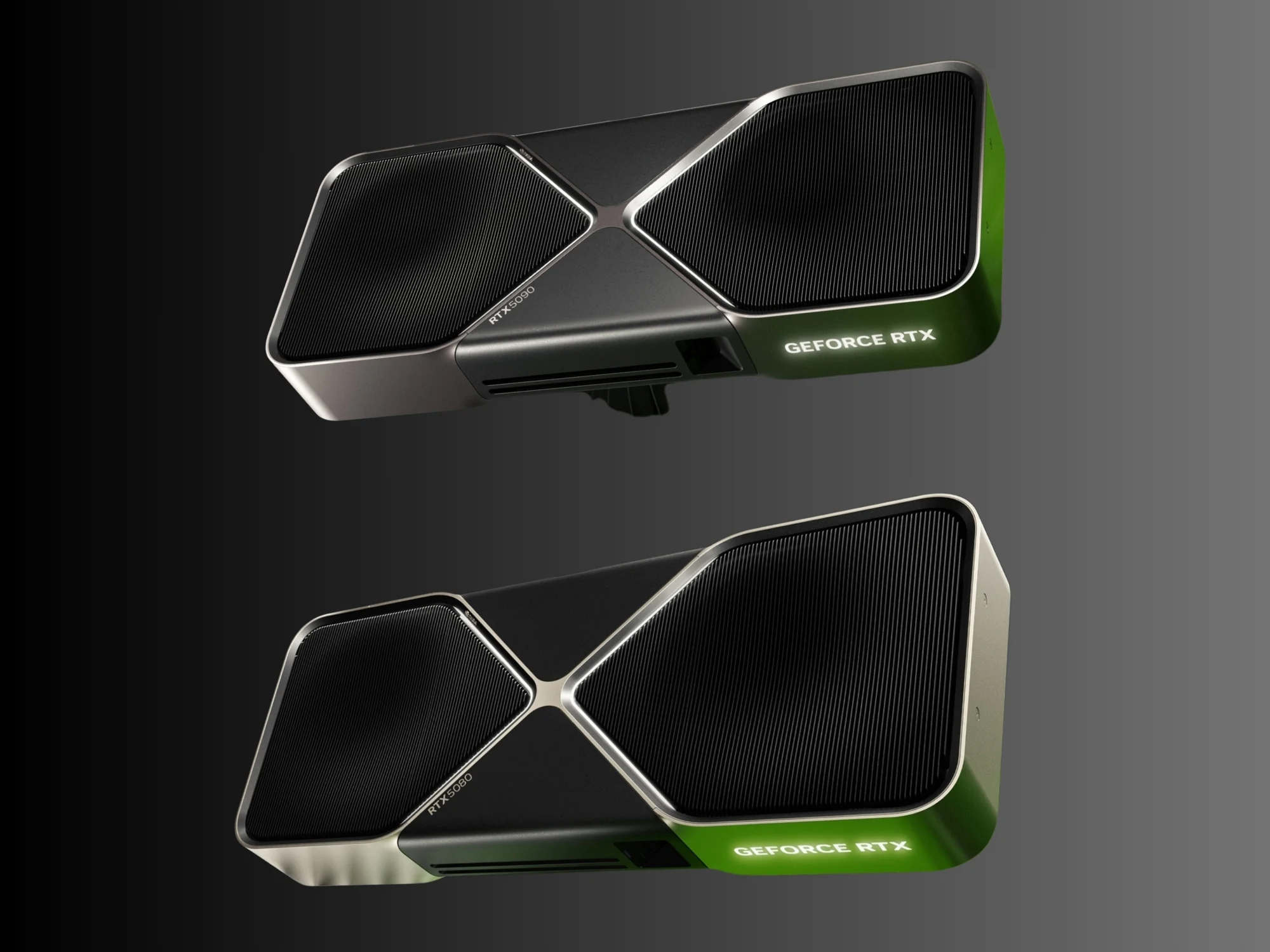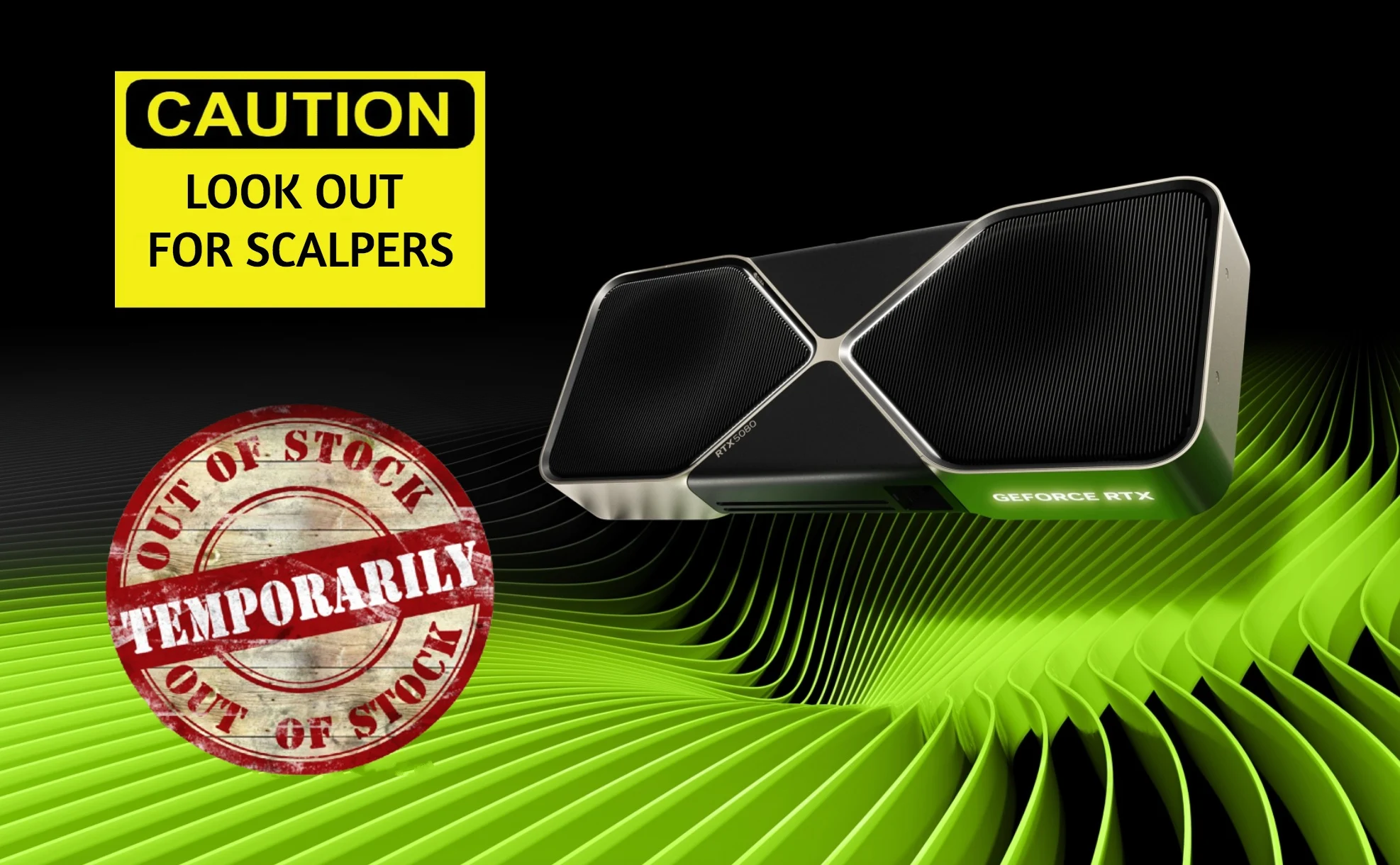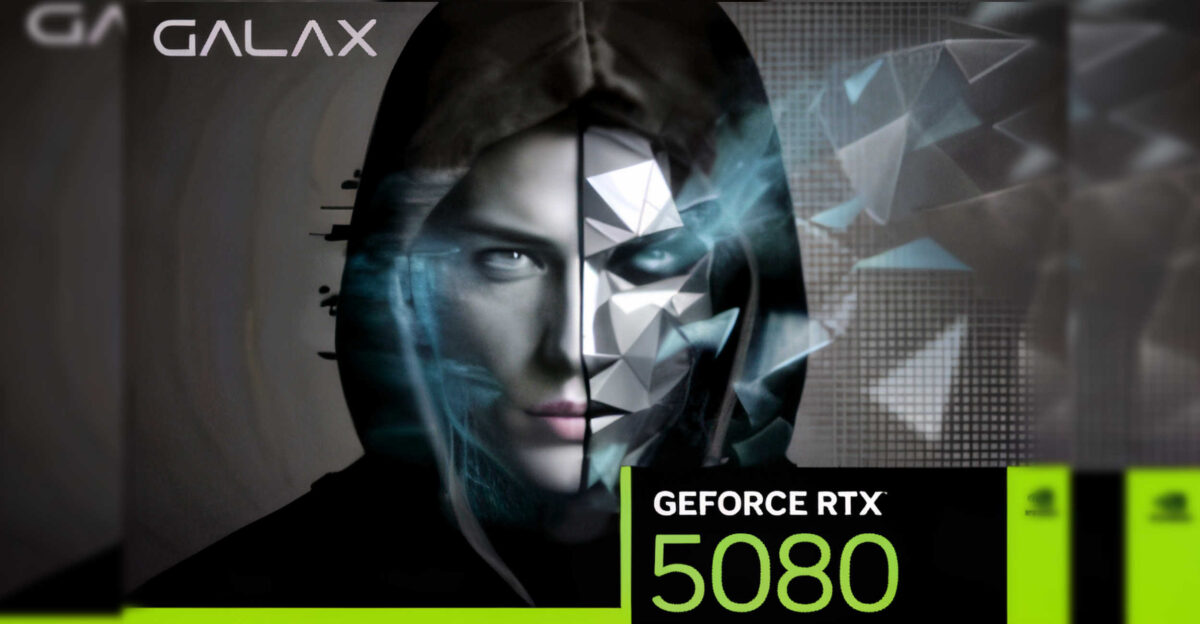Key Takeaways
1. Launch Details: Asus has launched the ROG NUC 2025 more than a year after the 2024 version.
2. Enhanced Performance: The ROG NUC 2025 features an Intel Core Ultra 9 275HX, offering a 50% increase in CPU performance, and comes with an Nvidia RTX 5080 GPU.
3. Compact Design: The mini-PC has a size of 282.4 x 187.7 x 56.5 mm and weighs 3.12 kg, making it portable.
4. Memory and Storage: It includes two CSO-DIMM and M.2 2280 slots, with a model offering 32 GB of RAM and a 2 TB SSD.
5. Availability: The ROG NUC 2025’s release date in North America and Europe is still unknown; it is currently available in China for CNY 24,999 (approximately $3,475).
Asus has finally launched the ROG NUC 2025, more than a year after it began selling its 2024 version. To summarize, the first ROG NUC features up to an Intel Core Ultra 9 185H and an Nvidia GeForce RTX 4070 GPU, which is currently priced at $1,693 on Amazon. In contrast, the ROG NUC 2025 replaces these components with much more powerful options.
Improved Performance
The latest mini-PC utilizes the Core Ultra 9 275HX, providing a 50% increase in CPU performance. Additionally, the inclusion of an RTX 5080 is expected to deliver even greater enhancements in GPU performance. Furthermore, the ROG NUC 2025 comes equipped with two CSO-DIMM and M.2 2280 slots each, along with a variety of ports, all housed in a compact design measuring 282.4 x 187.7 x 56.5 mm and weighing 3.12 kg.
Availability Issues
Sadly, Asus has yet to announce when the ROG NUC 2025 will be available in North America, Europe, and other regions. At present, the mini-PC can only be purchased as the RNUC15JNK9X28AA6, which includes 32 GB of RAM and a 2 TB SSD for CNY 24,999 (around $3,475) on JD.com. For more information, please check Asus’ official website.
Source:
Link


